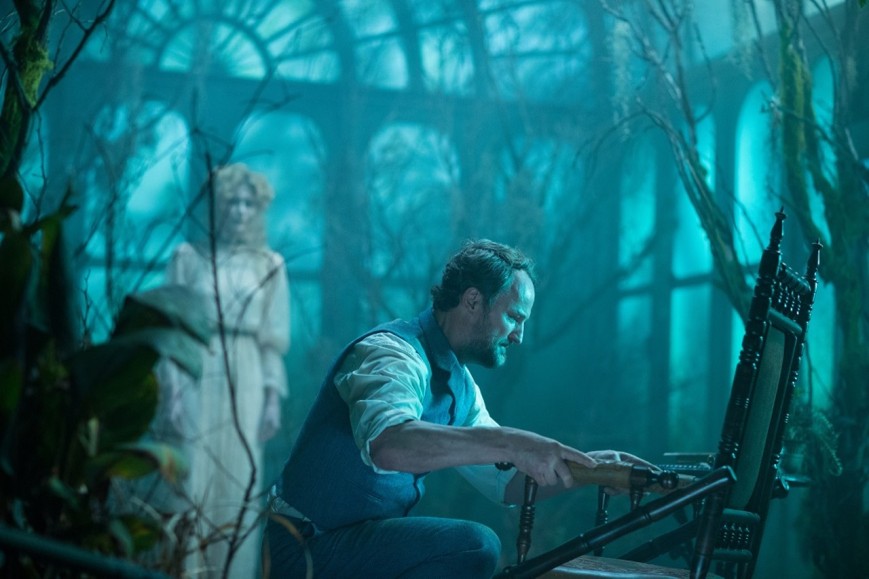 Ah, the venerable jump scare.
Ah, the venerable jump scare.
Wait. I mean the cheap overused jump scare.
You know the jump scare. The protagonist is rummaging in their medicine cabinet for a tonic to soothe their moderate-to-severe plaque psoriasis, then they find it, breathe a sigh of relief, whew, then close the medicine cabinet and, OH MY GOD THERE’S A SERIAL KILLING TAX ATTORNEY IN THE MIRROR STANDING BEHIND THEM!
Or the protagonist is running from the serial killer, clutching to their chest the medicine that soothes their moderate-to-severe plaque psoriasis, and they duck behind a tree. Breathing heavily, they peek around the left side of the tree to see if the serial killer is pursuing them. Then they turn back to the the right and, OH MY GOD THE SERIAL KILLING JUNIOR LIFEGUARD IS STANDING NEXT TO THEM!
Usually the jump scare is telegraphed to the audience by shot composition (establishing an “empty” spot in the frame that will be filled by a serial killer), audio cues (music and ambient sound dropped to low levels to be filled by a blast of noise), or both. And, because we’ve been bludgeoned by a million jump scares, usually the audience can feel a jump scare coming from five kilometers away, so we tense up and wait for it, wait for it, until OH MY GOD THE SERIAL KILLING MUSHROOM FARMER IS ACTUALLY INSIDE YOUR BOTTLE OF MODERATE-TO-SEVERE PLAQUE PSORIASIS MEDICINE!
The suddenness of the jump scare (empty–>filled; quiet—>loud) is what makes it superficially effective. And I’d be overusing the term “overused” if I, once again, called the jump scare overused. But it’s overused.
The other day, we did an odd double feature: WINCHESTER in the theater and MOTHER! at home on DVD. You could say these two movies are loosely connected as “haunted house” flicks. And that tenuous connection is probably all that binds them–outside of their use of jump scares.

WINCHESTER is a period horror film that follows a morally dubious analyst/therapist/mind doctor as he assesses the sanity of the Winchester rifle company’s president in 1906. She’s an old lady who lives in a spooky mansion that’s under construction 24/7 as she attempts to build a room in her house for each unsettled ghost that’s been killed by her company’s rifles. That’s a lot of ghosts; it’s a big, and growing, house. In this film the jump scares are used in the standard way. If you want to annoy your girlfriend, take her to see WINCHESTER and whisper “jump scare” whenever you sense one coming. I doubt you’ll miss any of them. And now she won’t either. Nor will the retired guy with the gray ponytail sitting in front of you.
MOTHER! (or, to write it in Darren Aronofsky’s preferred way: mother!) is described on the DVD case as a “psychological thriller” which is what marketing people call any drama that is weird and/or tinged with violence. What the movie actually “is” or “is about” is open to debate but what it is not is a genre horror film. Which makes its semi-frequent use of the jump scare, especially in the beginning of the film, intriguing.
The film is maybe an exploration of the destructive muse/artist relationship or perhaps the destructiveness of love or possibly a retelling of the Edenic collapse or something else that will require four hours of rumination and/or absinthe to reveal. Whatever it is, it isn’t simple. It follows a couple in their secluded county home–the sole setting in the film. He’s a poet, she’s renovating the house. They reluctantly welcome people into their home and things go weird.
The camera work, in particular, is sensuous, with beautiful flowing tracking shots that follow characters through the house that are punctuated with cuts to reverse angles of their faces. Lovely. So why mix in jump scares? It’s like pinning a chicken McNugget on a chateaubriand steak.
Well, as cheap and overused as the jump scare is, it’s effective (when constructed well) at filling the outside of the frame with unease/tension. To explain: Using jump scares emphasizes the idea that the audience’s POV is restricted by the picture frame. If we actually were in the bathroom with our protagonist, we’d just say, “Dude, there’s a fucking serial killing train conductor behind you.” But we, as an audience, are limited in our vision. We can only see what the camera allows. And jump scares tell us that outside of the frame there be monsters, ghosts, and serial killing milliners. It makes a promise to the audience: you can’t see everything that’s happening in this world–don’t trust what’s outside of the frame. Things will occasionally jump into the frame to scare us. And, possibly, they will lurk there, just outside of our vision (and our consciousness).
WINCHESTER, a pretty dumb period horror movie, uses jump scares to tell us that there are ghosts outside the frame who will, at regularly spaced intervals, pop out to scare us. Standard horror shit. MOTHER! uses jumps scares to tell us, also, that there are things outside the frame that will eventually intrude into our POV. It’s the same promise. But what unfolds outside of our POV in MOTHER! (and how Aronofsky showcases it) is much more grandiose and unnerving than CGI ghosts. And the extended and exhausting finals sequences in MOTHER! make good on the promise of jump scares in ways WINCHESTER can’t even begin to touch.
As MOTHER! hurtles (and I mean hurtles) toward its conclusion, the off-frame world mutates darker, and then it’s revealed on-screen as the rest of the off-screen world mutates darker, which is then revealed on-screen, and so on.
Can’t figure out what that’s like? Imagine you’re standing in a field of tall grass. The only thing in the field is a tree that’s directly in front of you. You slowly spin in circles. The next time you see the tree it’s turned into soldier pointing a gun at you. But you keep spinning. Now the soldier is a flaming house. The next time it’s a rotting whale carcass standing upright. Every time the “tree” is out of your view (off-frame) it changes into something else. Something increasingly worse. So you cannot trust the off-frame world–it changes against your will and is out to get you. It’s visceral.
Whereas WINCHESTER uses the jump scares to fulfill the promise that there are ghosts floating around off-screen, MOTHER! uses jump scares to fulfill the promise that the entire world off-screen will fluctuate and morph. Nothing is safe; nothing is in your control.
I’m not sure I liked MOTHER! but it is purposeful, well-constructed filmmaking. Visceral filmmaking. And it takes a gifted filmmaker to turn the much-maligned jump scare into an effective, and important, part of an art film’s vocabulary. A small victory but, I think, an important one.



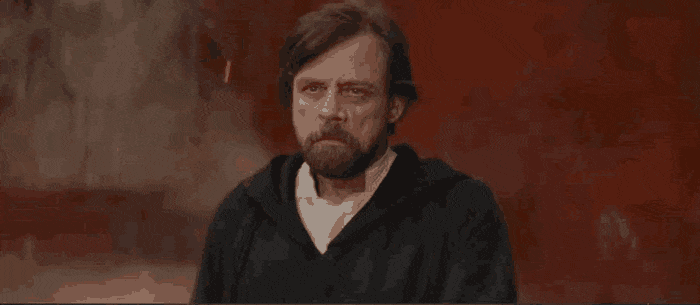
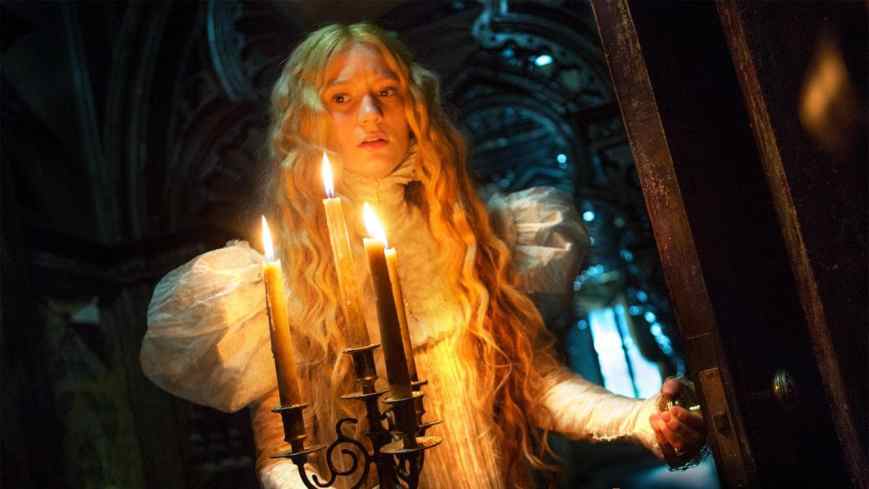
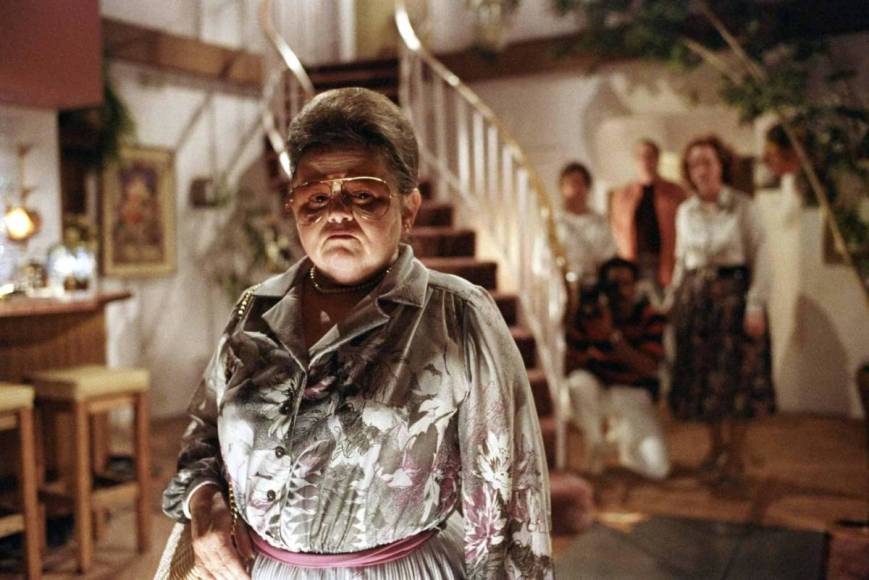
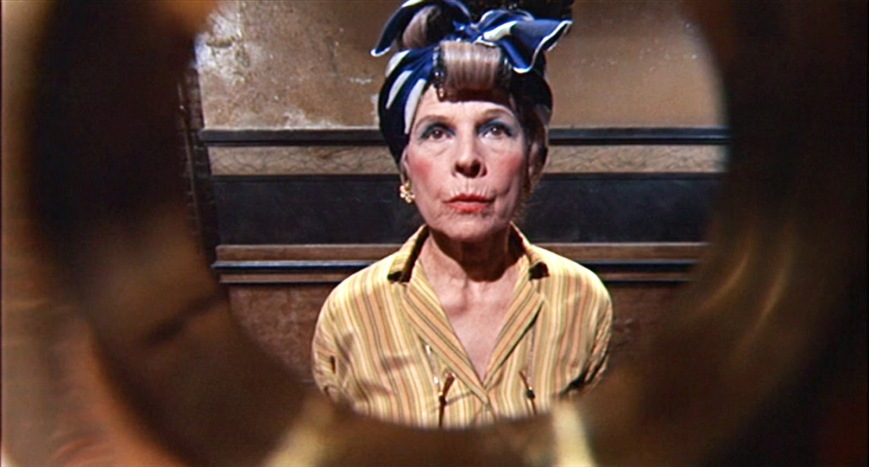
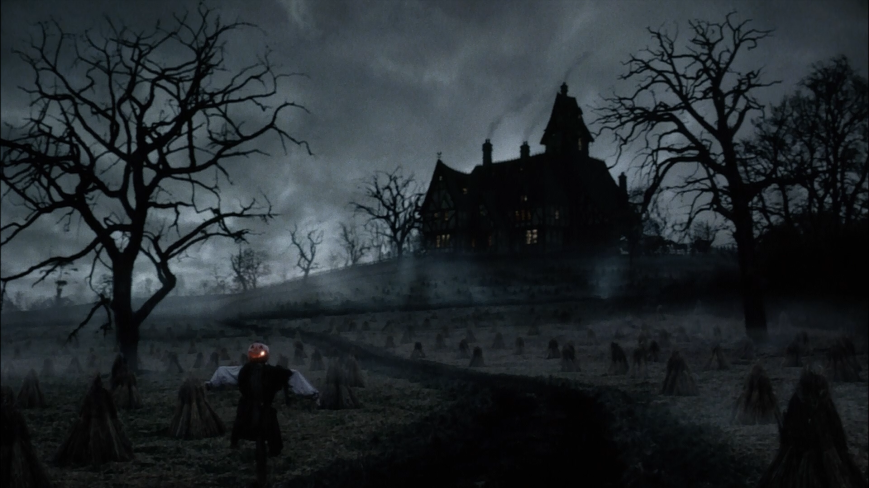
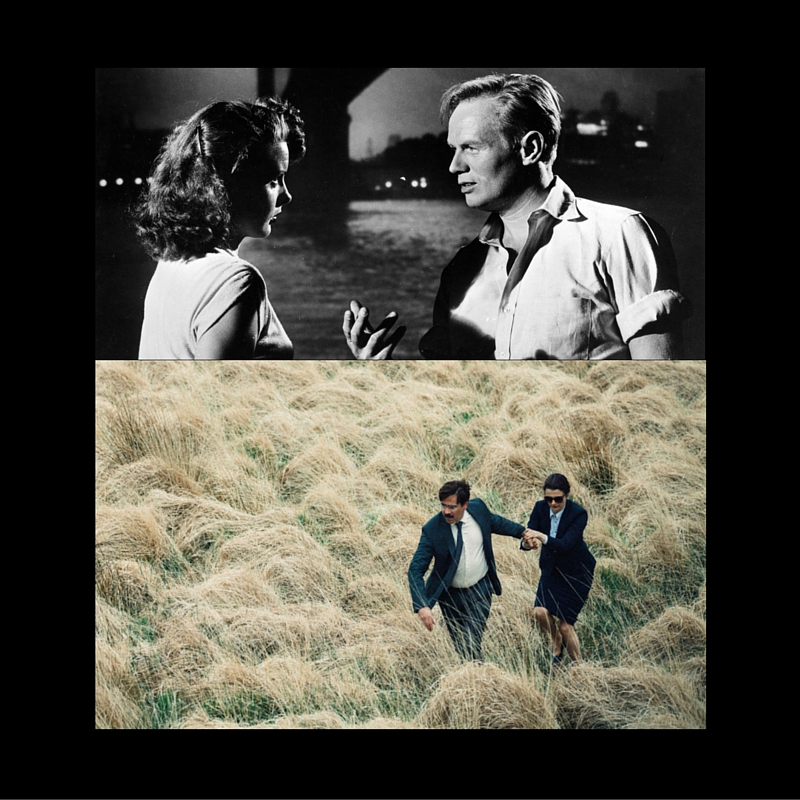 Ha! Lame and labored Doors reference: nailed it!
Ha! Lame and labored Doors reference: nailed it!



